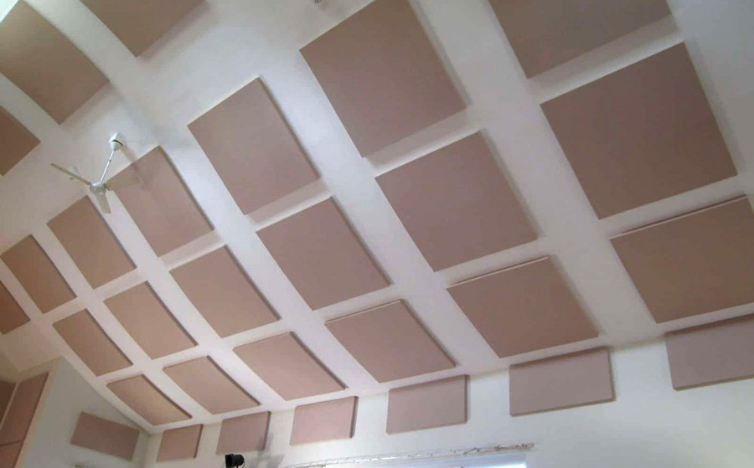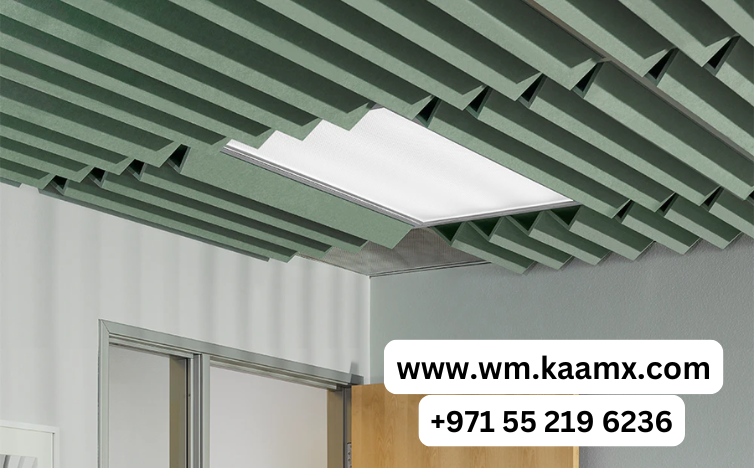Large spaces such as auditoriums, conference halls, and open-plan offices often suffer from poor acoustics due to sound reflections and reverberations. Retrofitting ceiling acoustic treatments can significantly improve sound quality, reduce noise, and create a more comfortable environment. This article explores the benefits, methods, and considerations for retrofitting ceiling acoustic treatment.
Why Ceiling Acoustic Treatment Matters
In large spaces, sound waves travel freely and reflect off hard surfaces, causing echoes and noise buildup. Untreated ceilings exacerbate these issues, leading to poor speech clarity and listener fatigue. Acoustic treatments absorb or diffuse sound, improving clarity and reducing unwanted noise. Retrofitting ceilings is a cost-effective way to address these challenges without major structural changes.
Key Benefits of Retrofitting
 Improved Sound Quality: Acoustic panels or tiles absorb excess sound, reducing reverberation and enhancing speech intelligibility.
Improved Sound Quality: Acoustic panels or tiles absorb excess sound, reducing reverberation and enhancing speech intelligibility.- Noise Reduction: Treatments minimize background noise, creating a quieter environment.
- Aesthetic Appeal: Modern acoustic solutions come in various designs, blending functionality with style.
- Cost-Effective: Retrofitting is less disruptive and more affordable than rebuilding ceilings.
Types of Ceiling Acoustic Treatments
- Acoustic Panels: Lightweight and easy to install, these panels absorb sound and can be customized to fit any design.
- Suspended Acoustic Ceilings: These systems hang below the existing ceiling, offering excellent sound absorption and thermal insulation.
- Baffles and Clouds: Ideal for high ceilings, these horizontal or vertical panels reduce echoes without covering the entire ceiling.
- Spray-On Acoustic Coatings: A less invasive option, these coatings add sound-absorbing properties to existing surfaces.
Considerations for Retrofitting
- Space Function: Determine the primary use of the space (e.g., speech, music, or multipurpose) to choose the right treatment.
- Ceiling Height: High ceilings may require baffles or clouds, while lower ceilings benefit from panels or suspended systems.
- Aesthetics: Ensure the treatment complements the room’s design.
- Budget: Balance cost with performance to find the most effective solution.
Installation Tips
- Consult Experts: Work with acoustic professionals to assess your space and recommend the best solutions.
- Test Before Committing: Use temporary installations to evaluate performance.
- Prioritize Key Areas: Focus on zones with the most noise issues, such as stages or seating areas.
Contact Muhammad Shaheen Carpentry at 971 55 219 6236, and discover the transformative science of soundproofing for your space.
Conclusion
Retrofitting ceiling acoustic treatments is a practical and effective way to enhance sound quality in large spaces. By choosing the right solution and working with experts, you can transform noisy, echo-prone areas into comfortable, functional environments.

